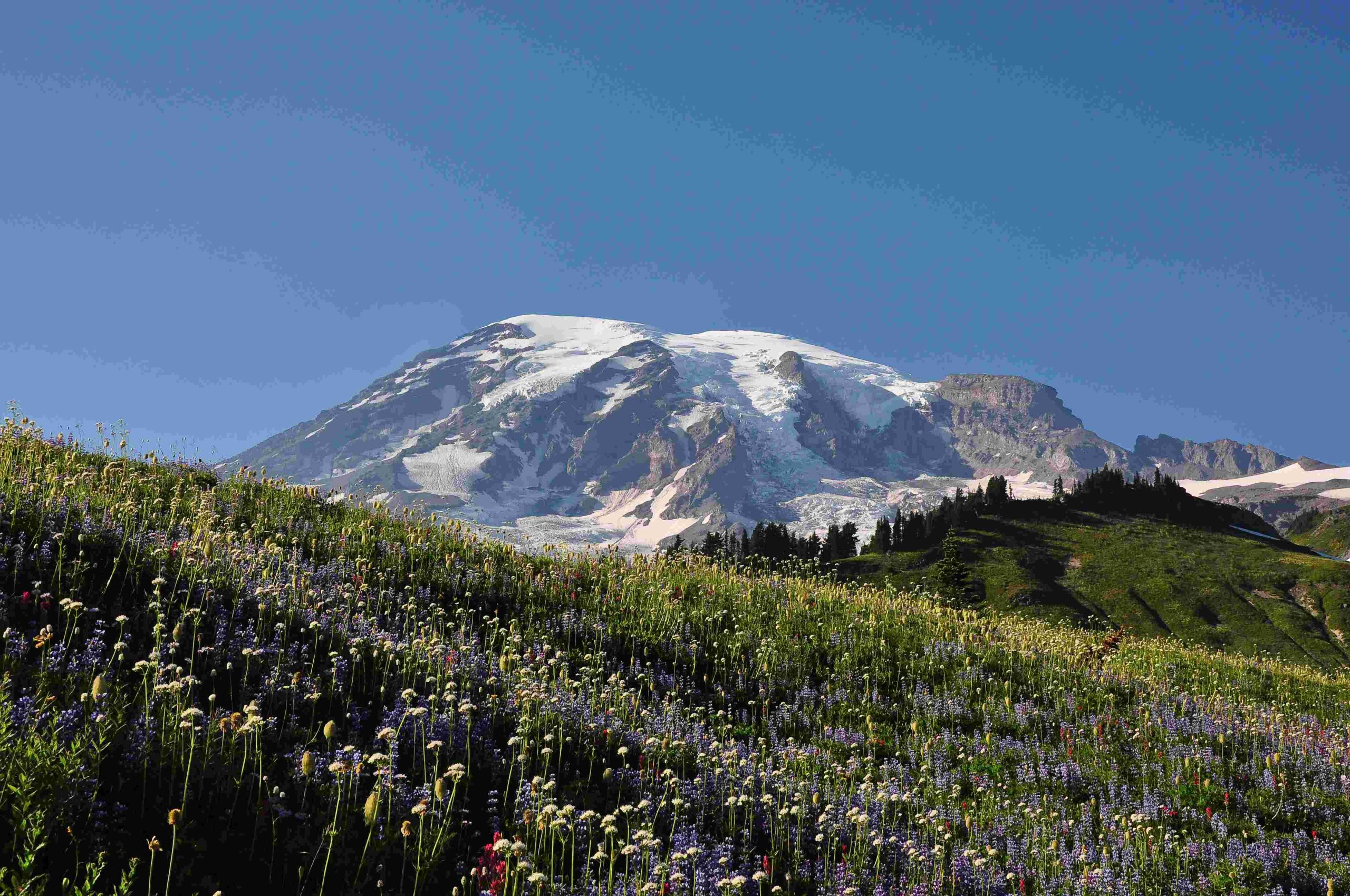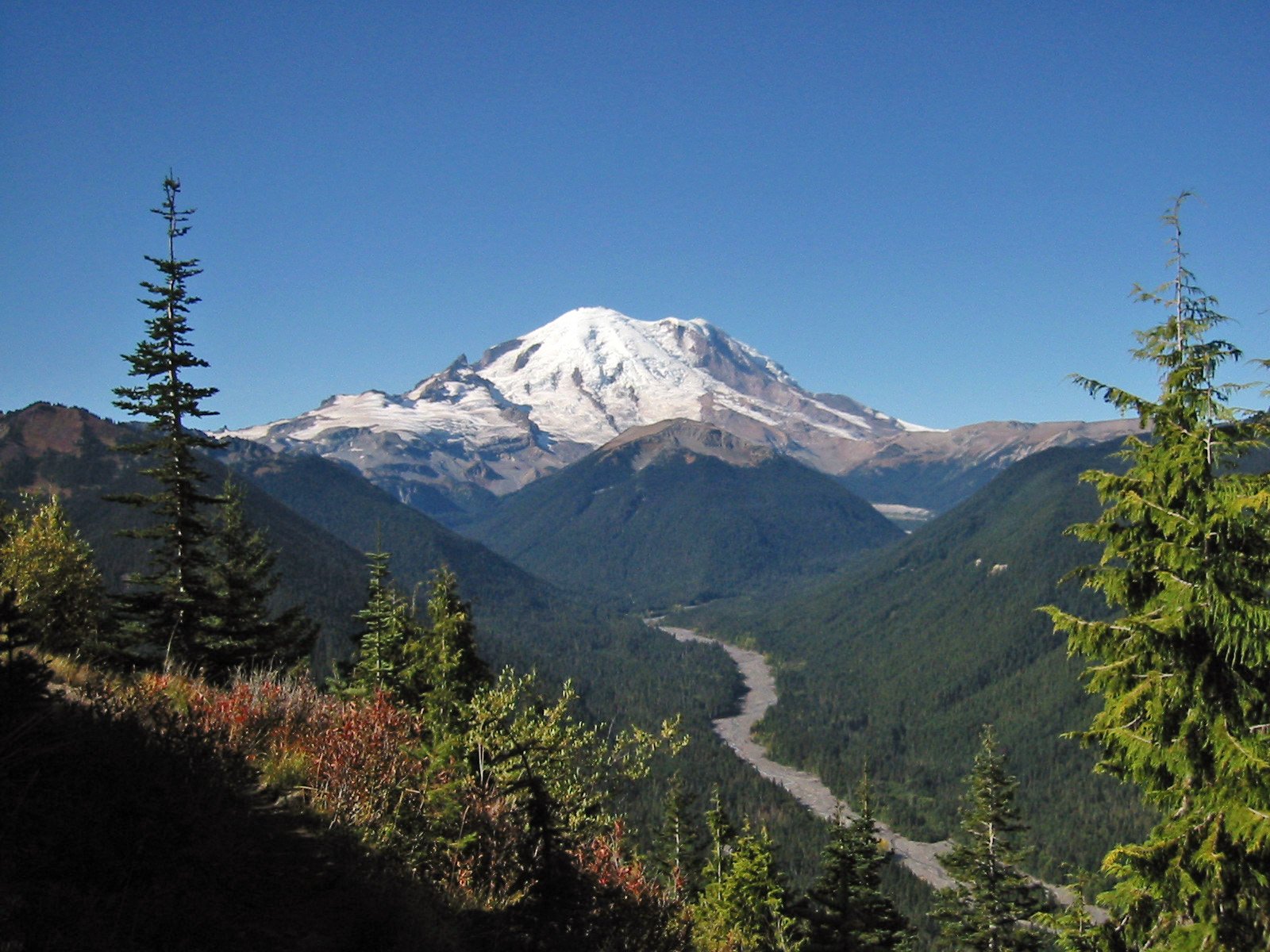The Northern Loop Trail at Mount Rainier is a challenging 33-mile backcountry trek that offers stunning views of the mountain, diverse landscapes, and a true wilderness experience. This itinerary covers a 4-day journey through subalpine meadows, old-growth forests, and glacial valleys. Hikers will encounter significant elevation changes, potential wildlife sightings, and breathtaking scenery throughout the loop.
What is the Northern Loop Trail at Mount Rainier?

The Northern Loop Trail is a strenuous backcountry route that circles the northern side of Mount Rainier. It offers a less crowded alternative to the popular Wonderland Trail while still providing spectacular views and diverse ecosystems. The trail typically takes 3-4 days to complete and requires careful planning and preparation.
What is the Recommended Itinerary for the Northern Loop Trail?

Here’s a detailed day-by-day itinerary for the Northern Loop Trail:
Day 1: Sunrise to Berkeley Camp
- Distance: 10-12 miles
- Elevation Gain: ~3,000 feet
-
Estimated Time: 6-8 hours
-
Start at Sunrise Visitor Center (6,400 ft)
- Follow Sourdough Ridge Trail to Frozen Lake
- Continue on Wonderland Trail to Northern Loop Trail junction
- Descend through old-growth forest
- Climb to Berkeley Park
- Set up camp at Berkeley Camp
Day 2: Berkeley Camp to Dick Creek Camp
- Distance: 10-12 miles
- Elevation Gain: ~2,500 feet
-
Estimated Time: 6-8 hours
-
Follow Northern Loop Trail through Grand Park
- Descend to West Fork of White River
- Cross the river (use caution)
- Ascend to James and Ethel Lakes
- Continue to Yellowstone Cliffs area
- Descend to Dick Creek Camp
Day 3: Dick Creek Camp to Ipsut Creek Camp
- Distance: 10-12 miles
- Elevation Gain: ~1,500 feet
-
Estimated Time: 6-8 hours
-
Ascend with Carbon Glacier to your right
- Optional side trip to Mystic Lake
- Descend to Winthrop Creek
- Ascend to Carbon River Valley
- Reach Ipsut Creek Camp
Day 4: Ipsut Creek Camp to Sunrise
- Distance: 10-12 miles
- Elevation Gain: ~2,000 feet
-
Estimated Time: 6-8 hours
-
Follow Wonderland Trail back to Northern Loop Trail junction
- Ascend through Moraine Park
- Return to Sunrise, completing the loop
What are the Key Waypoints on the Northern Loop Trail?
- Sunrise Visitor Center (Trailhead)
- Frozen Lake
- Sourdough Ridge Trail Junction
- Grand Park
- Lake Eleanor Trail Junction
- Berkeley Camp
- James and Ethel Lakes
- Yellowstone Cliffs
- Dick Creek Camp
- Mystic Lake (optional)
- Ipsut Creek Camp
- Carbon River Entrance (alternative trailhead)
What Essential Gear is Needed for the Northern Loop Trail?
| Category | Items |
|---|---|
| Footwear | Sturdy hiking boots |
| Clothing | Rain gear, layers for varying temperatures |
| Cooking | Camp stove (no fires allowed) |
| Safety | Bear spray, first aid kit |
| Navigation | Map, compass, GPS |
| Water | Purification tablets or filter |
| Shelter | Tent, sleeping bag, sleeping pad |
What are the Safety Precautions for the Northern Loop Trail?
- Obtain necessary permits from White River Wilderness Information Center
- Be aware of steep sections and potential rockfall
- Watch for wildlife, especially bears and mountain goats
- Use bear-resistant containers for food storage
- Avoid hiking alone and stay in groups
- Bring insect repellent for mosquitoes
- Follow Leave No Trace principles
- Keep dogs off the trail (prohibited)
- Respect wildlife and maintain a safe distance
- Use designated campsites and follow camp regulations
What are the Camping Options on the Northern Loop Trail?
Berkeley Camp
- Located in Berkeley Park
- Heavily used
- Access to water sources
- 32.4 miles from Sunrise
Dick Creek Camp
- Near Yellowstone Cliffs area
- Access to water
- Good stop after strenuous climb
Ipsut Creek Camp
- In Carbon River Valley
- Final stop before returning to Sunrise
Note: Overnight permits are required and can be obtained at the White River Wilderness Information Center.
What are the Weather Conditions and Seasonal Considerations?
- Best hiked during July, August, September, and October
- Expect cool to warm days and freezing nights
- Be prepared for light snow and unpredictable weather conditions
- Camps typically have access to nearby water sources, but purification is recommended
- No fires allowed; use camp stoves instead
What are the Potential Challenges on the Northern Loop Trail?
- Steep climbs and descents with significant elevation gain and loss
- Stream crossings, such as the West Fork of the White River
- Unpredictable weather conditions
- Mosquitoes, especially around Lake James
- Limited water sources in some areas
- Potential wildlife encounters
- Navigating in remote backcountry areas
By following this comprehensive northern loop trail Mount Rainier itinerary, hikers can prepare for a challenging but rewarding backcountry experience in one of America’s most iconic national parks.
References:
1. Visit Rainier – Northern Loop Trail
2. Mount Rainier National Park – Northern Loop Trail
3. The Mountaineers – Northern Loop (Mount Rainier)
